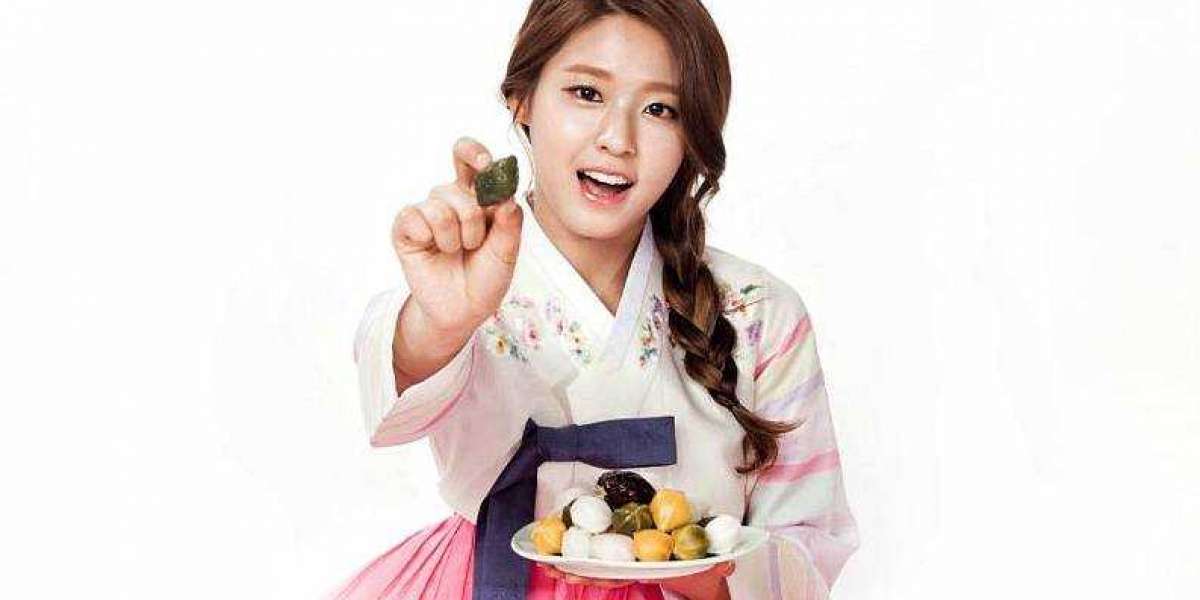Korean Thanksgiving wouldn’t be complete without these visually pleasing rice cakes. This traditional cake is a must-have in every Chuseok celebration. Songpyeon (송편)serves as an offering to the ancestors and to show gratitude for a bountiful year’s harvest, as it is made from freshly harvested rice and other products from every region.
Songpyeons are rice cakes with a half-moon shape and are commonly filled with soybeans, cowpeas, chestnuts, dates, red beans, sesame seeds, or honey. The cake is steamed over layers of pine tree (song), hence the name ‘pine cakes’ - songpyeon. This is done to help reduce stale smell and to prevent the cakes from sticking to the pot during the steaming process.
The shape of the cake is such as it is modeled after the shape of the moon which means abundance and fertility. It is even believed that whoever can make a beautifully shaped songpyeon can meet a good spouse and give birth to a beautiful baby.
The shape and taste of Songpyeon can vary in the region where it is made. We came up with some of the most popular songpyeon varieties in Korea.
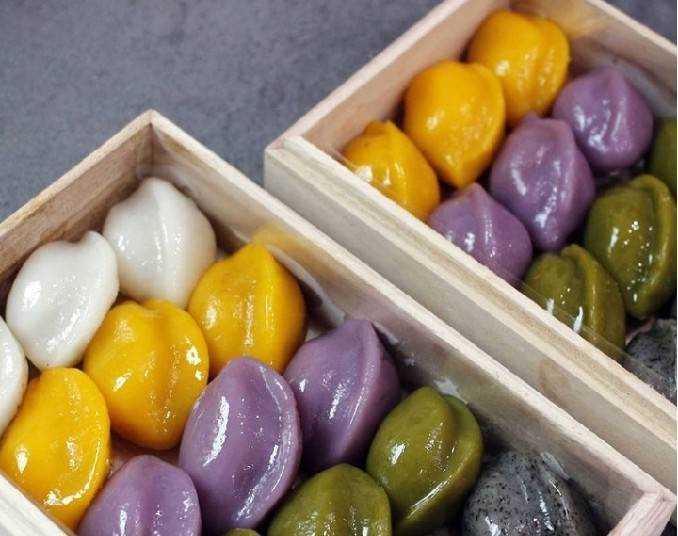
Osaek Songpyeon. In the Seoul and Gyeonggi province, there is an eye-catching variety of Songpyeon called five-colored Seongpyeon. The rice cakes are colored using natural coloring: yellow with pumpkin, green with wormwood, purple with black rice, red with red rice powder, and white as the classic one. This kind of songpyeon is not just pretty but also full of flavors. They say these dainty variations are brought about by the fact that culinary cuisine has been more developed in the area.
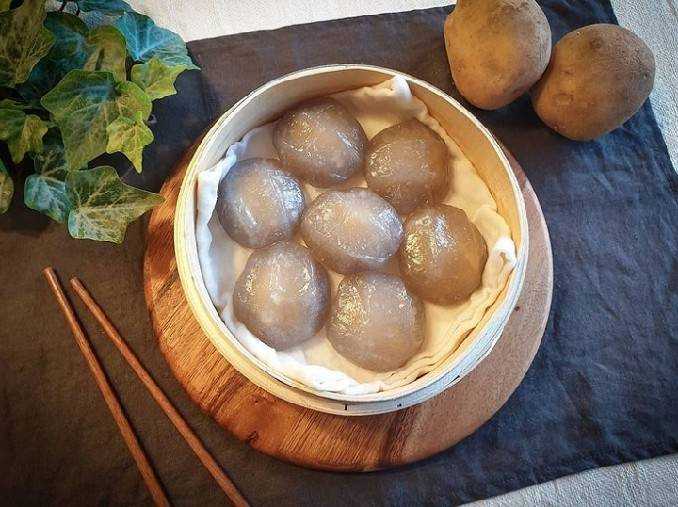
Gamja Songpyeon. With so many potato fields in Gangwon province, it is a no-brainer that this kind of Songpyeon would exist in the area. During harvest season, some potatoes are damaged so the locals either store them or make them into rice cakes. The songpyeon in this area, which is stuffed with mung beans, red beans, pumpkin, etc, is made of potato starch so the texture is chewy.
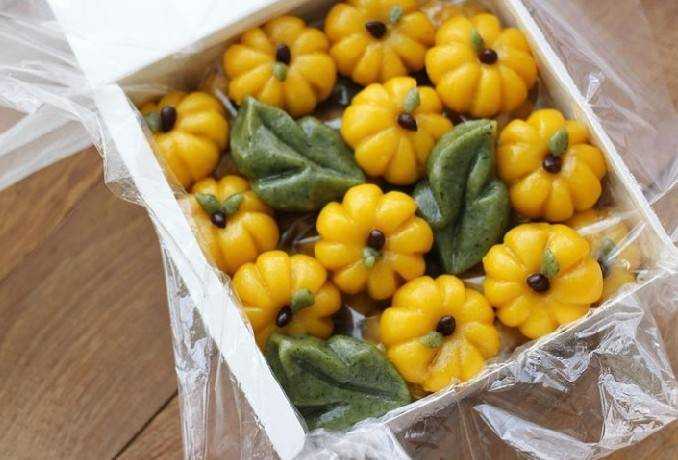
Hobak Songpyeon. Pumpkin Seongpyeon is popular in the area of Chungcheung province. The province has many rolling hills and is blessed with lush vegetation. Pumpkin is abundant in the region so the locals thought of adding it to the rice cake dough to give it a bright color and sesame seeds, mung beans are some of those added as fillings. Pumpkin shapes are done by making vertical lines using chopsticks.
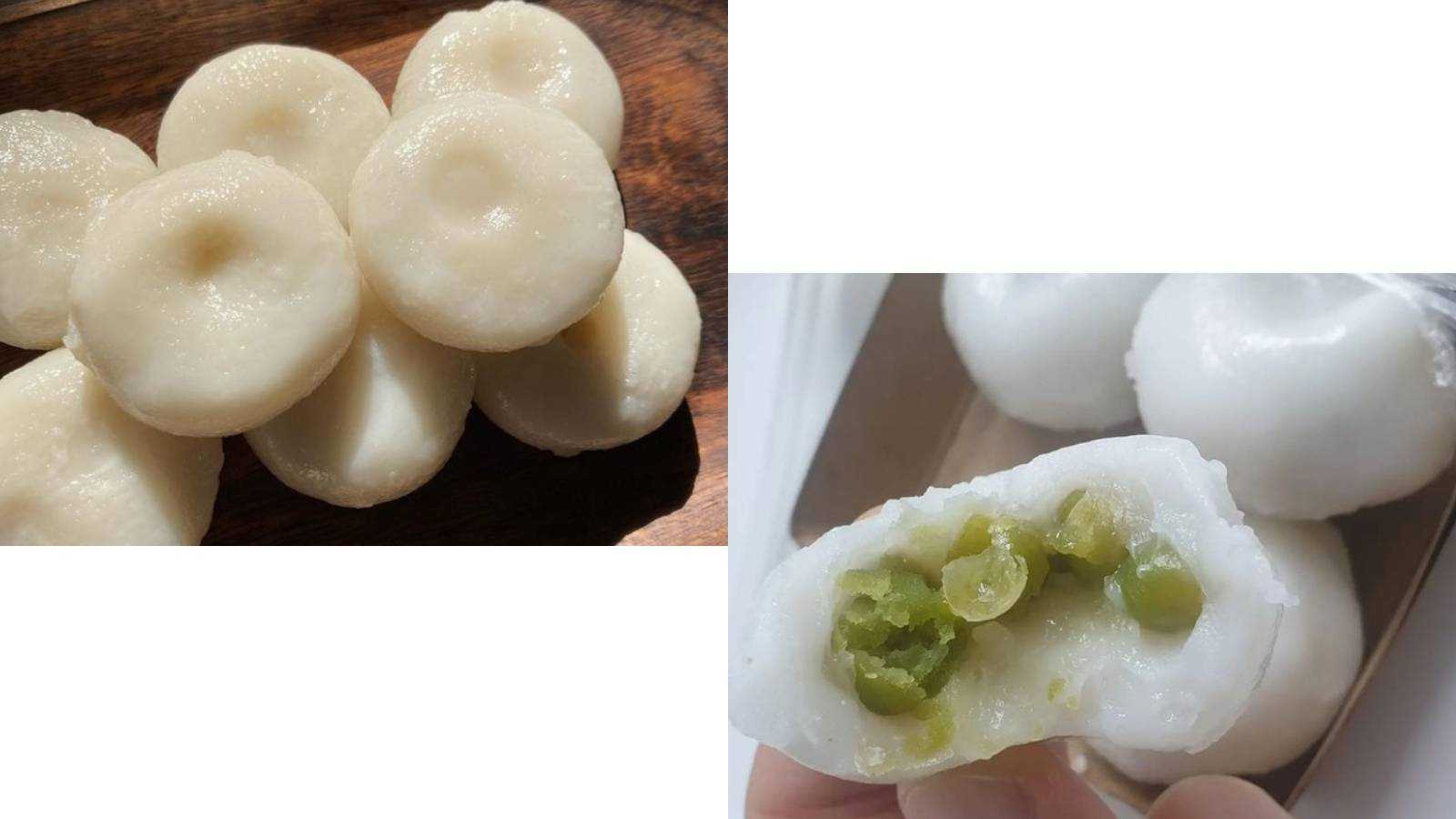
Jeju Songpyeon. Also known as Spaceship Songpyeon for its hollowed-out center. This kind of Songpyeon is not only eaten during Chuseok but on other special days as well.
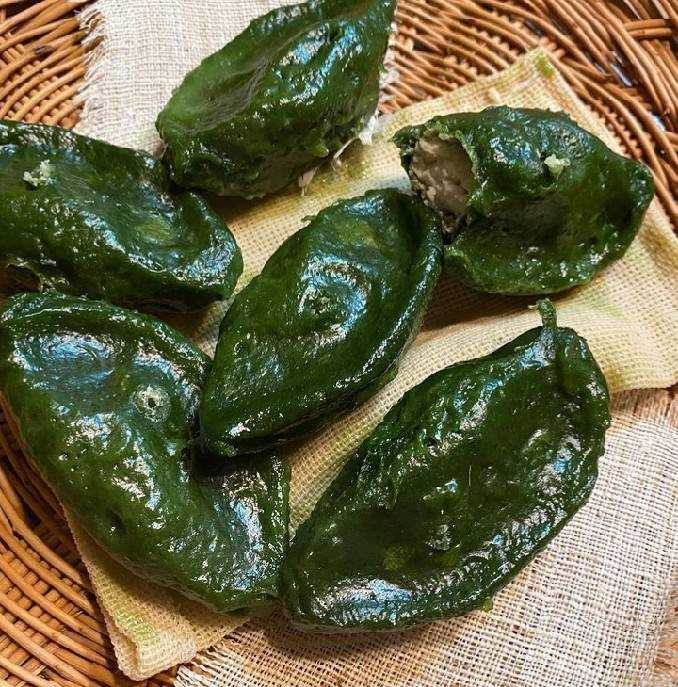
Mosi Songpyeon. Is a kind of Seongpyeon you shouldn’t miss when you visit the Jeonnam area, where there are many ramie leaves. The leaves are mashed with the rice flour and made into the dark green dough as big as dumplings. According to experts, ramie leaves are fibrous and are beneficial to gut health.
Other notable kinds of Songpyeon are flower-shaped songpyeon from Jeolla province, Nobi songpyeon from Hwanghae province, and Jogae songpyeon from Pyeongan province.
There are many other unique songpyeon varieties that are not much enjoyed nowadays but are still famous in their local areas. Make sure to visit the country and taste a diverse range of Songpyeon. Don’t forget to take pictures and tag us.
